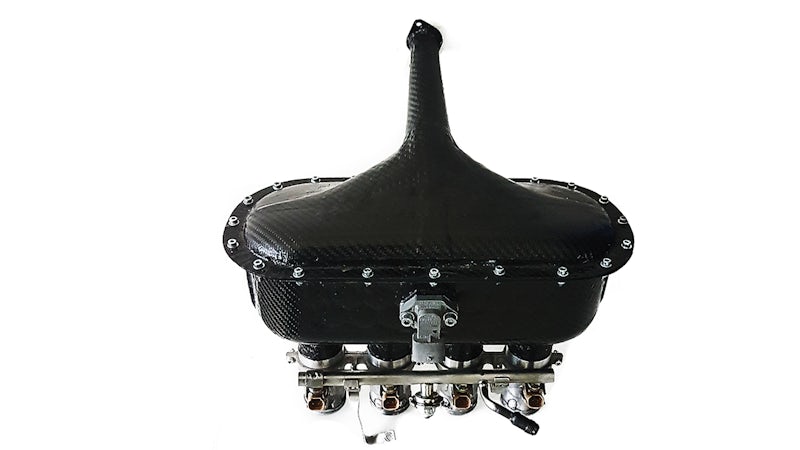Compatibility between Siemens Digital Industries Software tools helps research center enhance collaboration and efficiency
Regional Technological Institute uses Jack software to achieve up to 70 percent in time savings when conducting ergonomic analyses
Regional Technological Institute
The Regional Technological Institute (RTI) is an engineering and technological research center staffed by the faculty of mechanical engineering at the University of West Bohemia. RTI conducts research and development on modern vehicle structures and their driving systems, manufacturing machines, forming technologies and machining technologies.
http://rti.zcu.cz/en- Headquarters:
- Pilsen, Czech Republic
- Products:
- NX, Teamcenter, Tecnomatix
In terms of postprocessing, the NX Laminate Composites package opens up an advanced environment that makes it possible to assess the calculated data in a comprehensive way, with the opportunity to assess a relatively large number of strength criteria by merely recalculating the graphic report and the rapid generation of detailed reports.
University of West Bohemia
Anticipating a bright future
The Regional Technological Institute (RTI) is an engineering and technological research center staffed by the faculty of mechanical engineering at the University of West Bohemia. Construction began on this state-of-the-art facility in early 2011, and the project was completed in the first half of 2015. The European Regional Development Fund and its operational program, Research and Development for Innovation, largely financed the major investment of Czech Koruna (CZK) 477 million (US$ 18,727,915).
The center carries out research in 11 closely interconnected laboratories, which include facilities for virtual prototyping, production planning, experimental machining and forming. RTI currently has four main programs that focus on research and development (R&D) for advanced vehicle design and drive systems, manufacturing machines, forming technologies and machining technologies. These research programs were designed to respond to the needs of engineering and technology companies in the southwest region of the Czech Republic.
The center has a bright future ahead of it, in part because RTI’s contractual research guarantees financing into the future, and in part because of its ability to develop human potential.
“At the moment the center provides 70 full-time jobs, of which 75 percent are occupied by researchers under 35, so it is evident developing human resources will be important for the future,” says the center’s director, Professor Miloslav Kepka. “The promise of further development is enhanced by a good balance between the fundamental and industrial research that we carry out.
“We have managed to achieve this balance so far and are very close to a 50/50 ratio. I would like to emphasize that we are successful in working with industry in all areas and that in 2015 we achieved our target volume of about CZK 17 million.”
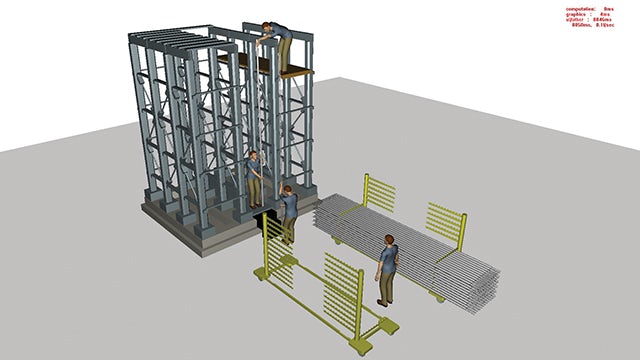
Facilitating data integration
Software is naturally of key importance and is supplied to RTI by Siemens Digital Industries Software through their partner, Industrial Technology Systems (ITS). The main reasons RTI selected Siemens Digital Industries Software is because of the great compatibility between the company’s software products, the ease of integration and the ability to enhance efficiency.
“ITS provides us with quality training and support, and we also partner on contractual research,” explains Kepka. “Siemens Digital Industries Software and our contacts through ITS enable us to respond to the problems of companies working in the same software environment. In 2015 we held a conference with ITS called, A New Generation of Industrial Engineering, which was attended by more than 30 representatives of manufacturers who use Siemens Digital Industries Software’s NX software.”
Given the scope of the center’s research activities, it is evident that data integration is of critical importance. At RTI, data are integrated through Teamcenter® software. This software is used as a product data management (PDM) system and enables data to be managed effectively.
“Data integration using Teamcenter enables us to create and edit commonly shared data without any further user maintenance,” says Kepka. “Simply put, the integration allows us to work with NX in the normal way, with only small differences from using NX without Teamcenter integration. The main priority for RTI is to use Teamcenter when teams are collaborating on contractual research, in which – in contrast to manufacturing environments with repeated processes – development tasks are performed and a unified environment or repeated processes can’t be set up.”
Integrating data with Teamcenter provides a significant boost to efficiency, but as Kepka points out, even more pronounced is the boost provided by Jack™ software in the Tecnomatix® portfolio.
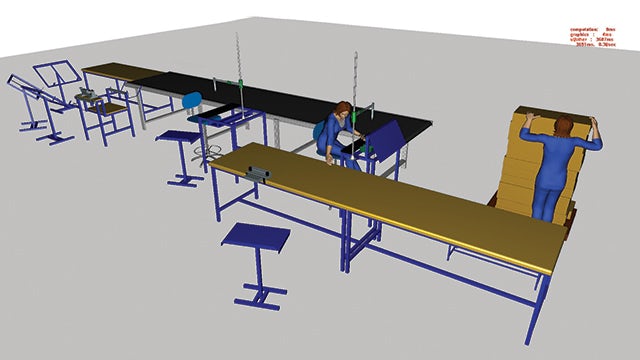
Realizing significant time savings
“Using Jack software for ergonomic studies enables us to achieve an almost 70 percent time reduction,” says Kepka. “But because of the need to prepare a workplace model, the total time savings are roughly 20 percent. This year we are going to analyze the differences between modeling a workplace using conventional 3D software and data gathering using a 3D scanner.”
Jack is a tool for human body simulation and ergonomic studies, and is used by manufacturing companies around the world to build safe, efficient and ergonomic workplaces. The professionals at RTI most often use Rapid Upper Limb Assessment (RULA) and material manipulation (National Institute for Occupational Safety and Health) analysis.
Tecnomatix is used to simulate assembly lines so they can achieve higher productivity and make better use of manufacturing capabilities by adapting the parameters of the manufacturing process. Kepka appreciates the comprehensive nature of Siemens Digital Industries Software’s products, from design, simulation and testing to construction. They most commonly use the 3D modeling functionality.
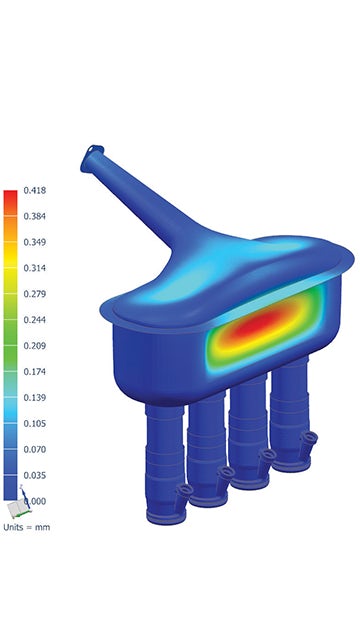
Leveraging the capabilities of NX
Says Kepka, “Using synchronous technology provides huge benefits over other software solutions, as the model taken from the customer can be immediately adapted for further work, such as calculation and machining, even after it was downloaded without history into NX.”
The NX™ software Advanced Simulation module is also frequently used as it enables the creation and simulation of various scenarios on components by employing a what-if approach. Kepka points out that this approach makes it possible to vary load conditions on the structure and determine the response of the system. This minimizes the necessity of testing during real operations using varying load scenarios.
The NX Laminate Composites module is used alongside NX Nastran® software to validate, design and optimize components made of composite materials. The professionals at RTI appreciate its user-friendly environment. Preprocessing makes it possible to use both ply-based and zonebased methods for modeling laminates, and it is easy to optimize defined layers or calculate the distortion of the main fibers in the layer and potential overlaps or gaps in the texture.
“We appreciate that this module offers us a wide range of functions; from cut simulations to export of individual layer cutting plans,” says Kepka. “In terms of postprocessing, the NX Laminate Composites package opens up an advanced environment that makes it possible to assess the calculated data in a comprehensive way, with the opportunity to assess a relatively large number of strength criteria by merely recalculating the graphic report and the rapid generation of detailed reports.”
The most frequently-used tools in NX CAM are Machine Tool Builder, Post Builder and Machine Configurator. These tools are used comprehensively to program independent software vendor (ISV) simulations and postprocessors.
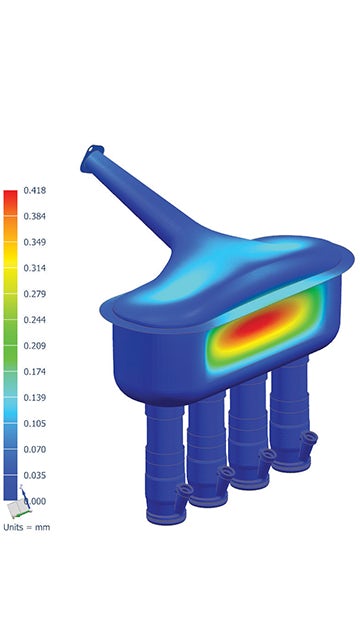
Achieving compatibility
The specialists at RTI value the efficiency boost provided by Siemens Digital Industries Software solutions, but what they appreciate most is the compatibility between the various products.
“It is absolutely essential for files to be compatible between departments,” says Kepka. “NX from Siemens Digital Industries Software is the principal software used at the Regional Technological Institute, and CAD data must be shared between labs focusing on machining, load simulations and creating CAD models.
“Siemens Digital Industries Software products are compatible with all these areas, and the compatibility is enabled by the unified environment provided by the management of files in Teamcenter. This advances cooperation between the CAD and CAM departments, as it is possible to work on one physical model in the storage area.
“And this eliminates the problem of working with data that potentially hasn’t been updated. The compatibility of NX CAD and NX CAM is at a historically high level in all versions. Such a CAD/CAM environment is very important when creating simulators and adapting models.”
Using Jack software for ergonomic studies enables us to achieve an almost 70 percent time reduction.
University of West Bohemia
